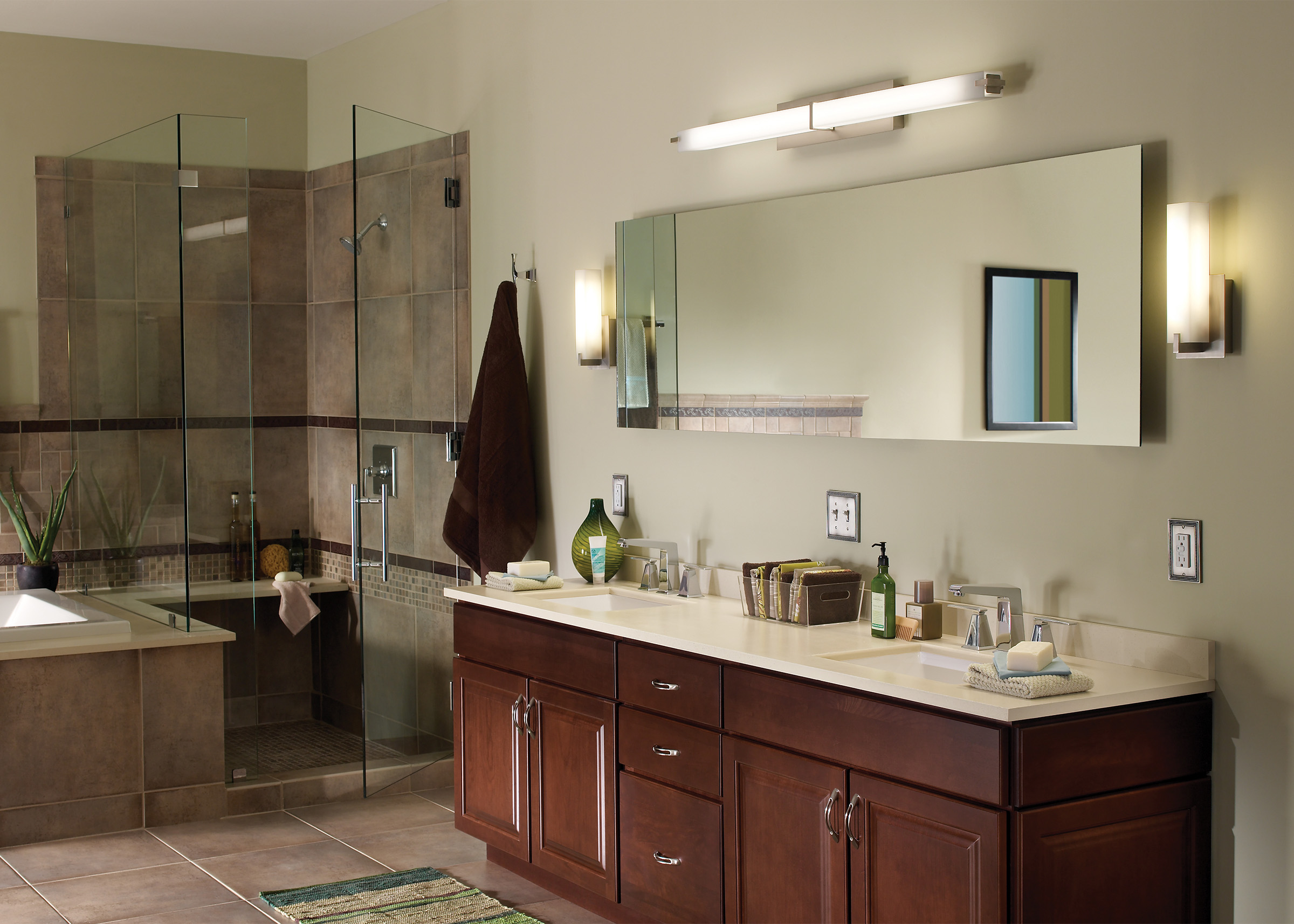Electrical Code Requirements: Bathroom Light Switch Location Code Canada

Bathroom light switch location code canada – The placement of bathroom light switches in Canada is governed by specific electrical code requirements established by the Canadian Electrical Code (CEC) and the National Electrical Code (NEC). These regulations aim to ensure the safety and proper functioning of electrical systems, particularly in areas with high moisture levels like bathrooms.
In Canada, bathroom light switch location codes mandate switches to be installed outside the bathroom to prevent electrical hazards. However, this code doesn’t apply to the glamorous art deco living room , where aesthetics often take precedence over practicality. Despite the code’s exemption for certain areas, it’s still essential to prioritize safety when installing bathroom light switches in Canada.
Switch Height
The CEC and NEC specify that bathroom light switches should be installed at a height of approximately 1.2 meters (4 feet) above the floor. This height provides easy accessibility for users of different heights while minimizing the risk of accidental activation by young children or pets.
In Canada, the bathroom light switch location code is typically placed on the wall outside the bathroom door, at a height of about 1.2 meters from the floor. This is to ensure that the switch is easily accessible to all users, regardless of their height or mobility.
Speaking of accessibility, have you seen the amazing dollar tree mirror ? It’s a great way to add a touch of style to your bathroom without breaking the bank. And when you’re done admiring your reflection, you can use the mirror to check if the bathroom light is on.
After all, you don’t want to be left in the dark!
Distance from Fixtures
To prevent electrical hazards, the CEC and NEC mandate a minimum distance of 60 centimeters (24 inches) between light switches and any water sources, such as sinks, showers, or bathtubs. This distance helps prevent water from splashing onto the switch, reducing the risk of electrical shocks or short circuits.
Importance of Compliance
Adhering to these electrical code requirements is crucial for several reasons. First, it ensures the safety of occupants by minimizing the risk of electrical accidents. Second, compliance helps prevent costly repairs or renovations due to faulty electrical installations. Third, it ensures that bathroom lighting systems operate efficiently and meet the intended design specifications.
Design Considerations

The optimal location for a bathroom light switch is determined by considering both ergonomics and user experience. Factors such as accessibility, visibility, and proximity to fixtures should be taken into account.
Accessibility is paramount, especially for individuals with limited mobility. The switch should be within easy reach from the bathroom entrance and should not require excessive bending or stretching.
Visibility
The switch should be clearly visible, even in the dark. This can be achieved by placing it near a light source or by using a switch with a built-in nightlight.
Proximity to Fixtures
The switch should be located in close proximity to the fixtures it controls. This makes it convenient for users to turn on or off the lights without having to walk across the bathroom.
Well-Designed Examples
- A switch placed on the wall adjacent to the bathroom door, within easy reach from the entrance.
- A switch located near the vanity mirror, allowing users to easily adjust the lighting while standing in front of the mirror.
- A switch placed near the shower or bathtub, providing convenient access to turn on the lights before stepping into the shower or bath.
Special Considerations

Bathroom light switch locations require careful consideration to ensure safety, accessibility, and code compliance. Specific scenarios, such as small bathrooms, multiple entrances, or showers/tubs, present unique challenges that must be addressed.
The following table summarizes key considerations and recommendations for these special circumstances:
Small Bathrooms
- Locate the switch near the entrance, within easy reach.
- Consider a motion-activated switch for added convenience.
Bathrooms with Multiple Entrances, Bathroom light switch location code canada
- Install a three-way switch at each entrance, allowing control from multiple locations.
- Consider a master switch outside the bathroom for centralized control.
Bathrooms with Showers or Tubs
- Place the switch outside the shower or tub area, to prevent water exposure.
- Use a GFCI-protected switch to ensure safety in wet environments.